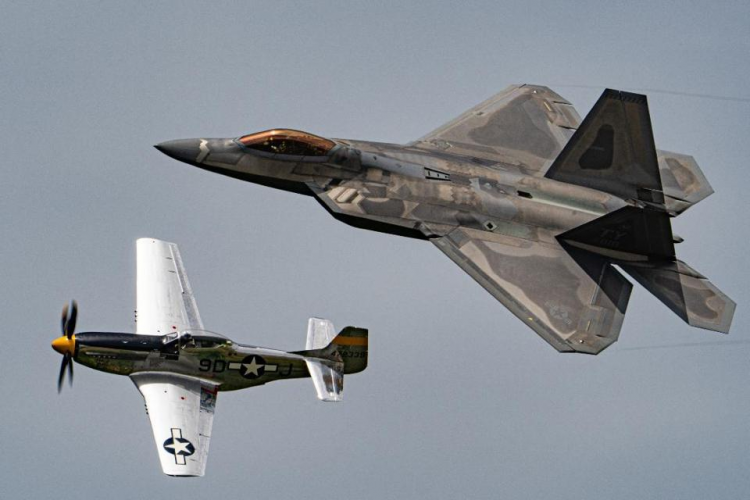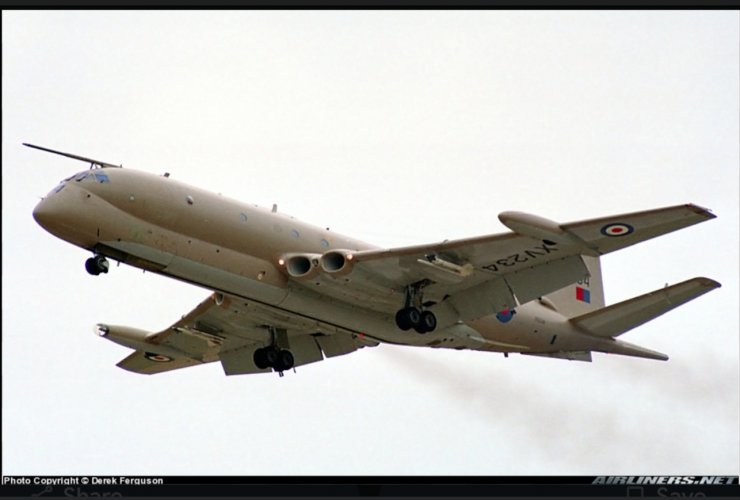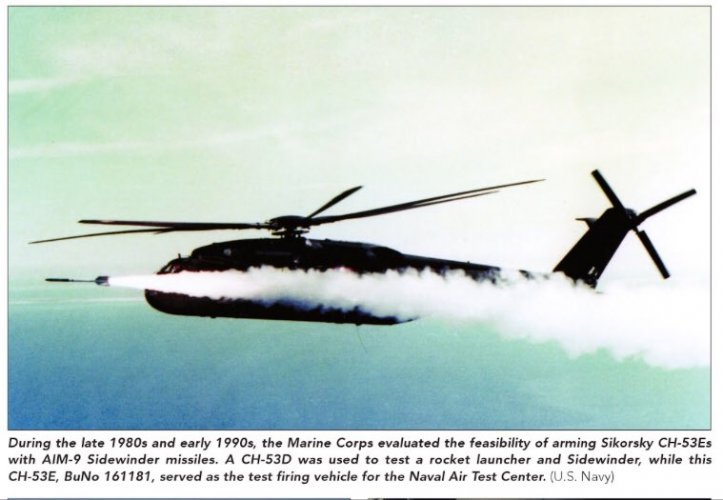pagliacci
ACCESS: Restricted
- Joined
- 14 June 2023
- Messages
- 12
- Reaction score
- 39
I think many definitions are meaningless. For example, "medium-weight fighter jets, heavy-weight fighter jets" or "4.5th-generation fighter jets, 5.5th-generation fighter jets", just like how chip manufacturers call a chip with an actual line width of 7nm a 2nm chip. It's a marketing gimmick.However, I would like to ask whether using medium-thrust turbofan engines and large-thrust turbofan engines can be regarded as a distinguishable standard. That is to say, an aircraft equipped with two F110, AL-31F or WS-10 engines can be considered a heavy fighter jet, while an aircraft equipped with two F414 or RD-93 engines can be called a medium-sized fighter jet.



